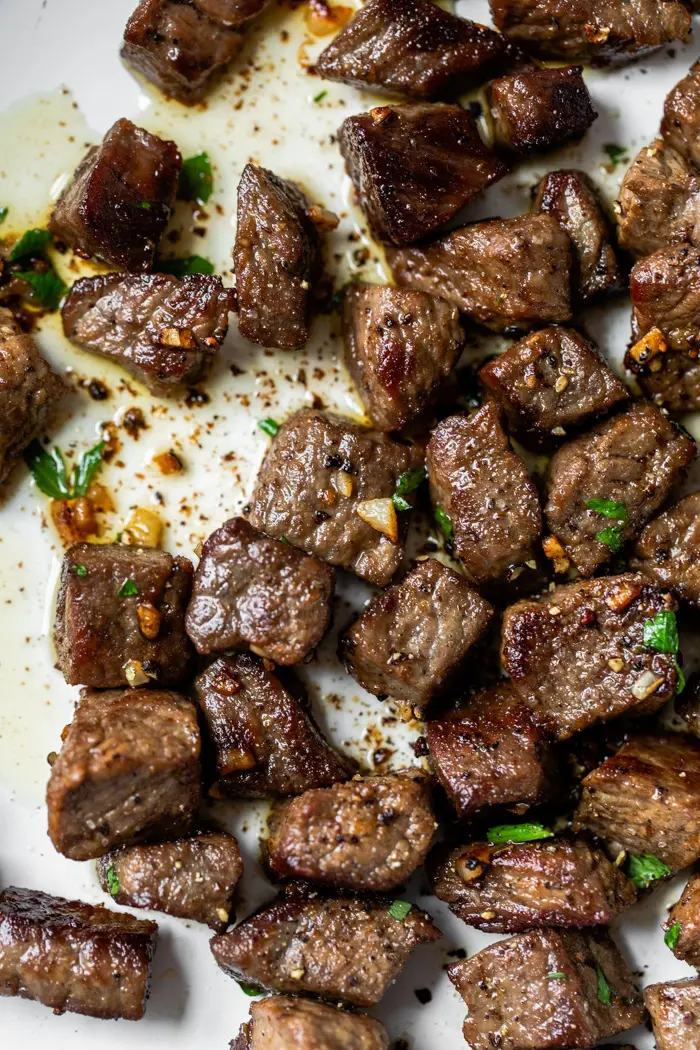From Ranch to Table: Fresh and Premium Meat Choices
The journey of meat from ranch to table encapsulates an intricate interplay of high quality, ethics, and sustainability. This change not just improves the nutritional profile of meat yet also sustains neighborhood economic climates.
Recognizing Meat Sourcing
As consumers come to be increasingly knowledgeable about the beginnings of their food, understanding meat sourcing has actually gained vital relevance. Meat sourcing involves mapping the trip of meat from farm to table, including numerous factors such as farming methods, animal well-being, and ecological impact. This understanding encourages customers to make educated choices that line up with their worths, specifically concerning sustainability and honest factors to consider.
The sourcing of meat can differ considerably based on several standards, consisting of the sort of animals, farming methods, and geographical location. As an example, grass-fed beef usually originates from pasture-based systems that promote animal welfare and decrease environmental deterioration. Conversely, conventional meat may include intensive farming practices that raise concerns concerning antibiotic use and habitat destruction.
Understanding the specific ranch or region where the meat originates aids customers guarantee quality and safety and security. Eventually, understanding meat sourcing not just improves customer option but likewise promotes accountable usage and sustains moral farming practices.
Advantages of Fresh Meat
Selecting fresh meat provides various benefits that expand beyond taste and appearance. Fresh meat commonly retains higher nutritional worth compared to its frozen or refined equivalents. It is usually richer in important nutrients, such as B vitamins, iron, and zinc, which are essential for keeping general health.
Additionally, the sourcing of fresh meat frequently includes much shorter supply chains, reducing the time in between farm and table. This indicates that the meat is much less likely to lose its nutritional honesty throughout transport and storage space. Additionally, customers can experience boosted taste and juiciness, which can boost culinary experiences.
Fresh meat likewise offers a possibility for consumers to sustain local farmers and advertise lasting farming practices. When buying from neighborhood sources, individuals can add to their regional economy and foster a higher connection to the food they eat.
Finally, fresh meat is usually complimentary from the preservatives and ingredients frequently found in refined alternatives. This makes it a cleaner, much healthier option for those wanting to minimize their intake of fabricated components. Overall, the advantages of picking fresh meat incorporate health, taste, and a sense of community engagement.
Animal Welfare Standards
Making certain high pet welfare criteria is important for both ethical factors to consider and the high quality of meat items. The treatment of livestock straight influences not just the moral ramifications of meat manufacturing but likewise the general high quality and security of the end products. Animals increased in humane conditions are less stressed out, leading to healthier pets and, consequently, remarkable meat top quality.
Laws and qualifications worrying pet well-being have actually come to be increasingly significant in the meat industry. These frameworks guarantee animals are offered with sufficient room, correct nourishment, and humane handling throughout their lives. Practices such as pasture-raised systems and free-range environments contribute to far better animal welfare by permitting animals to exhibit natural habits, which is important for their health.
In addition, consumers are reference ending up being a lot more discerning regarding the sources of their meat, resulting in a growing demand for items that abide her comment is here by rigid pet well-being criteria. This change not just advertises moral farming techniques yet additionally urges producers to take on measures that boost the health and wellness and well-being of their pets. Meat. Inevitably, prioritizing pet welfare is not just an ethical imperative; it is also a pathway to producing premium-quality meat that meets customer assumptions

Lasting Farming Practices
Sustainable farming methods play an essential role in enhancing both animal well-being and the top quality of meat items. By implementing rotational grazing, farmers can promote healthy field ecological communities, permitting animals to feed on nutrient-rich grasses while avoiding overgrazing.
Furthermore, lasting farming usually incorporates integrated insect administration and organic feed choices, lessening making use of unsafe chemicals. This approach not just safeguards animal health but also causes cleaner, more secure meat items for customers. Water preservation strategies, such as rain harvesting and effective irrigation systems, even more contribute to sustainable practices, ensuring that resources are made use of deliberately.
In addition, cultivating biodiversity via polyculture systems and protecting habitats for wildlife enhances the strength of farming ecological communities. By focusing on these sustainable methods, farmers can produce high-quality meat that fulfills customer demand while promoting eco-friendly equilibrium. Eventually, embracing lasting farming methods is vital for creating a more liable and durable food system that benefits pets, farmers, and consumers alike.
Choosing Top Quality Over Amount
Frequently, customers are confronted with the dilemma of picking between amount and high quality when it concerns meat items. While buying larger amounts may appear economically useful, the long-lasting advantages of selecting top quality meat much outweigh the prompt cost savings. Quality meat is often sourced from pets raised in lasting environments, where they are offered proper nourishment and care, leading to remarkable flavor and nutritional worth.
Premium meats are typically without damaging ingredients, hormones, and anti-biotics that are frequently existing in mass-produced alternatives (Meat). This not only makes certain a healthier eating experience yet also sustains ethical farming methods that focus on pet welfare. Furthermore, costs meats have a tendency to have a far better texture and flavor, boosting the overall culinary experience
Investing in top quality meat encourages consumers to value smaller parts, enabling an extra mindful strategy to consuming. This change not only impacts personal health and wellness favorably yet also promotes sustainable consumption patterns that can benefit the atmosphere. To conclude, focusing on top quality over quantity when selecting meat products fosters a more accountable and health-conscious way of life, eventually look here enhancing both the eating experience and the world.
Verdict

Comments on “Checking Out the Different Cuts of Meat: A Guide to Perfect Selections”